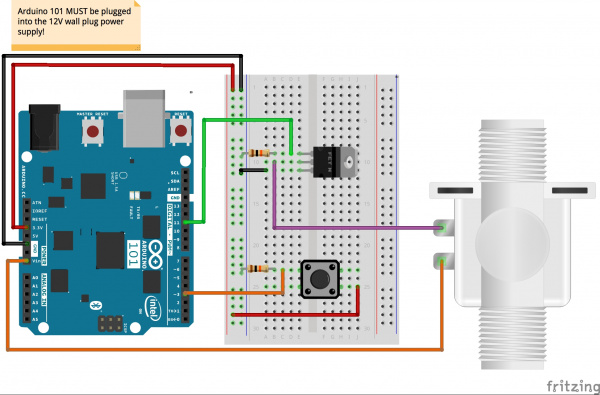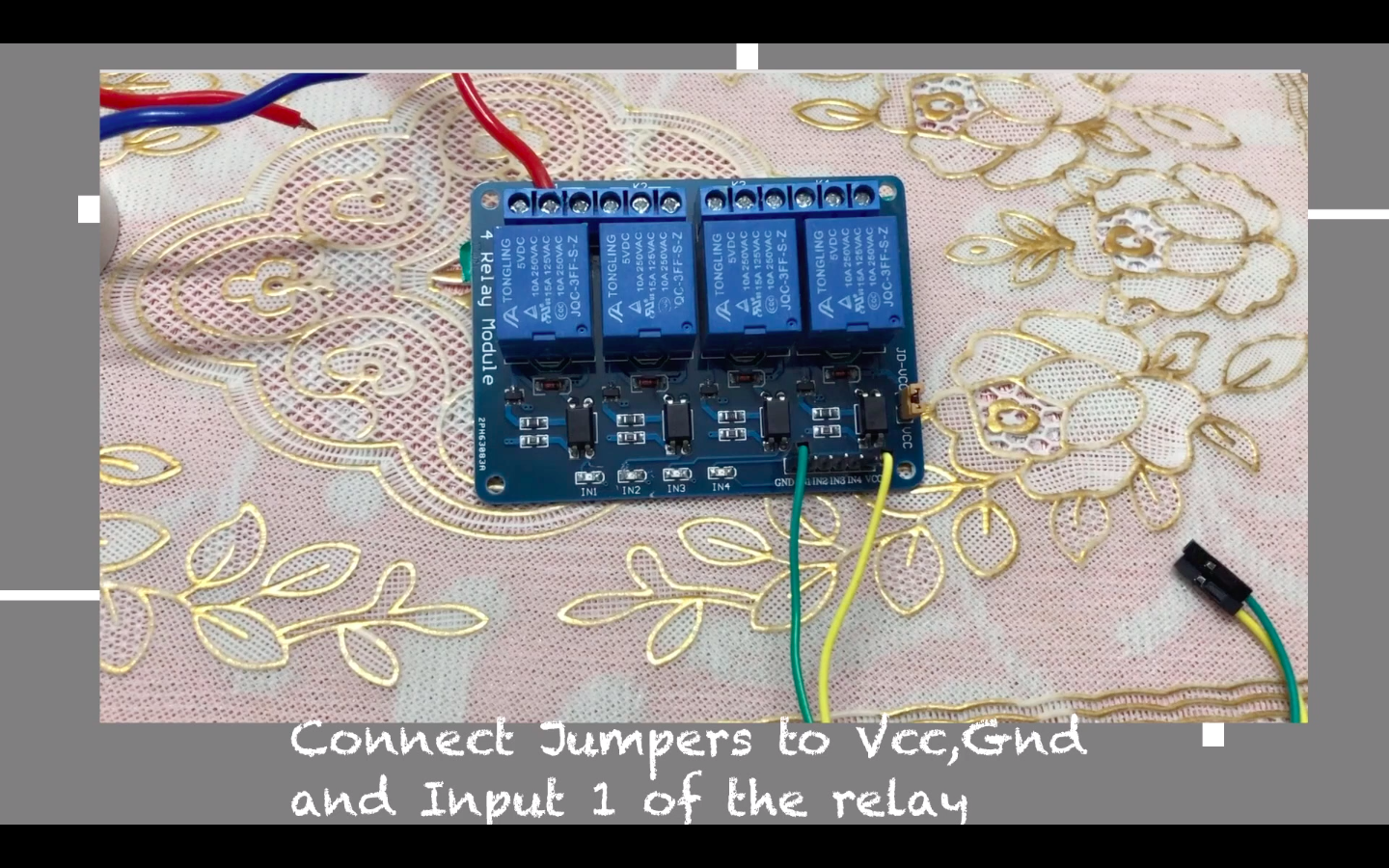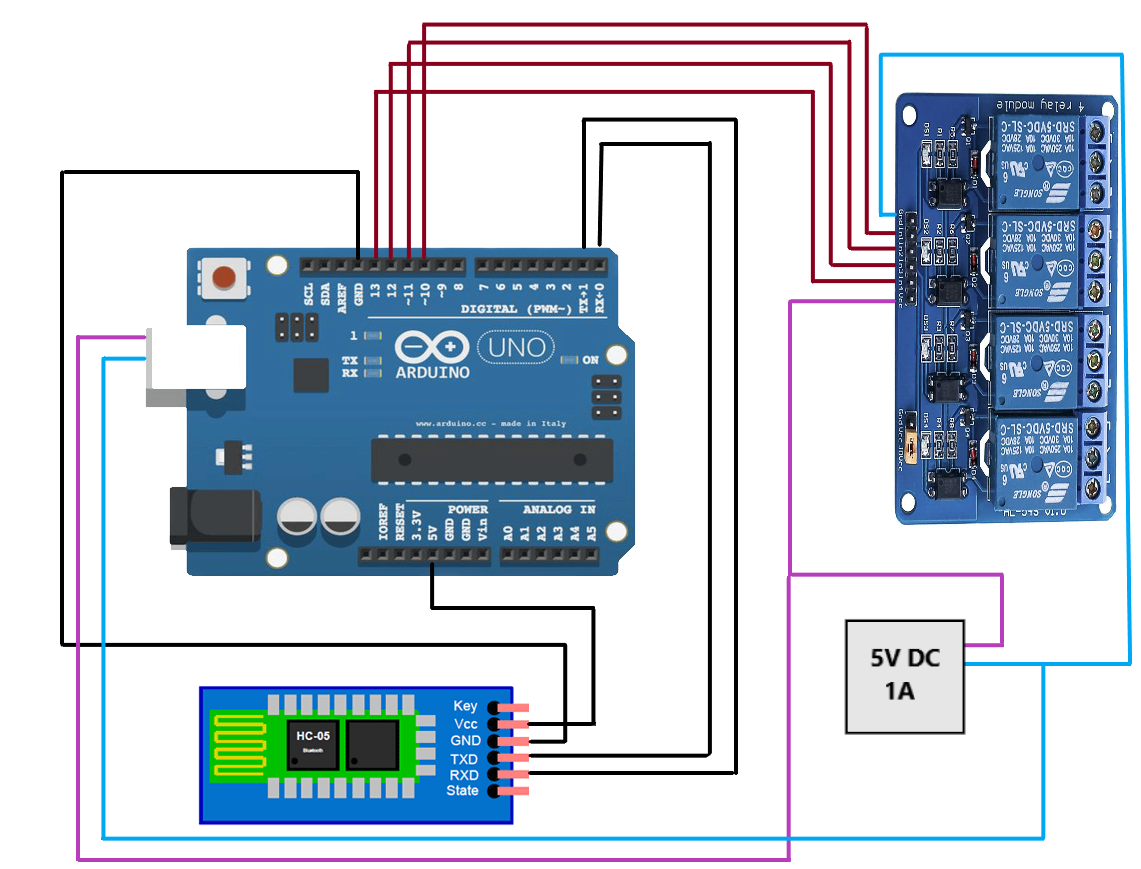Table of Content
There is an application called “Google Assistant” installed on most smartphones. You can use Google Assistant to speak to your phone and send voice commands to it. Now, imagine your phone is connected to a microcontroller like Arduino or ESP32 via internet.
(In our case “switch all lights on” and “OK. I will switch all lights on. Watch out!”). Then press “create trigger” and in the next screen press “THAT”. Then choose Adafruit and click on “send data to adafruit IO”. The ON-OFF feed appears in the first field and then enter the desired code in the second field (here as an example “all-on”). Create an account at Go to “explore” and then choose “make your own applets from scratch”.
Controlling Arduino from Google Home: Part 1 - Connecting Arduino Uno Wifi Rev 2 to AWS IOT using Mosquitto bridge
As a result, I was excited to get my hands on a board which was one of the newer Arduino boards and try it out. I had to consult multiple websites and forums and spend a number of sleepless nights debugging issues and figuring out solutions. So I decided to write this article to document my journey of connecting my Arduino to AWS IOT along with the various problems and pitfalls and how I resolved those. I hope this article helps someone who is looking for a similar solution or use case consolidated in one place.

Make sure it is properly added and let us know if the error persists. The two new created blocks can be seen in “My Applets” section. Do the same steps above for turning off the LED.
RGB LED - common anode
You'll be prompted to go to your device's Wi-Fi settings and connect to the Google Home hotspot in the network list. Look for the name you previously gave your device during setup. I have already explained, how to set up and add devices to Sinric Pro in following article. The circuit is very simple, I have used D23, D22, D21 & D19 GPIO to control the 4-channel relay module. All I have to do is when we tell google assistant that I’m busy, the led color changes to red and when we tell itthat i’m available now, the led color changes to green.

Then choose the first option "say a simple phrase". Then enter the desired command description and the answer to be given. Download it from the Playstore on your Android phone and install the app. Understanding your own voice commands with Google Home only works with the English language.
Step 2: Programming the Arduino MKR1000
In the test tab, click on “Invocation” and give a “Display Name”. This is the way to invoke your app by saying “Hey Google, Connect to Arduino”. Then click “Actions” on the left and add “ActOnLED” as an action.

Say out loud the voice commands that you have entered the “IFTTT” website and see how the LED status changes. You can see the LED turning on and off in the video below. It is a software platform in which different applications, devices and services can be connected to each other to create one or several automations. In fact, the IFTTT acts as a communication interface between them.
connecting ws2812b strips to google home ?
In this tutorial, we have used an Active Low relay module, that’s why we have set the ESP32 pin to 0. As stated in the previous section, the goal of this tutorial is to learn how you can remotely control your electrical appliances. In this tutorial, we will be using an ESP32 board as our microcontroller.

Making statements based on opinion; back them up with references or personal experience. Connect and share knowledge within a single location that is structured and easy to search. Octopod, a uniquely shaped full automation system that allows you to monitor your industry and keep security with AI and smart RFID locks. Example code builder to choose your hardware model and connectivity type, and copy the whole code to buffer. Try to send data from Arduino to Google Assistant. A webhook in web development is a method of augmenting or altering the behaviour of a web page, or web application, with custom callbacks.
If This Then That, also known as IFTTT, is a free web-based service to create chains of simple conditional statements, called applets. An applet is triggered by changes that occur within other web services such as Gmail, Facebook, Telegram, Instagram, or Pinterest. For example, an applet may send an e-mail message if the user tweets using a hashtag, or copy a photo on Facebook to a user’s archive if someone tags a user in a photo. In addition to the web-based application, the service runs on iOS and Android. In February 2015, IFTTT renamed its original application to IF, and released a new suite of apps called Do, which lets users create shortcut applications and actions.
2 An Arduino MKR1000 computer to convert the voice commands into switching commands. Save money and electricity with these 4 smart home devices Learn how to lower your electric bill with the help of smart home technology. A list of your Google Home devices should appear. Find the device you want to connect to Wi-Fi, and tap its menu button (three horizontal lines in the upper-right corner).
Measuring temp and humidity data using NCD temperature and humidity sensor, ESP32, and ThingSpeak. You might be better off to buy a standalone ESP8266 like the WeMos D1 Mini . With the standalone ESP8266 board, I believe you can connect to Google Sheets directly due to its SSL capabilities. You can't send the data directly to Google Sheets this way, you need to do it through Temboo. I have done something similar to this a few years ago and it worked fine.

No comments:
Post a Comment